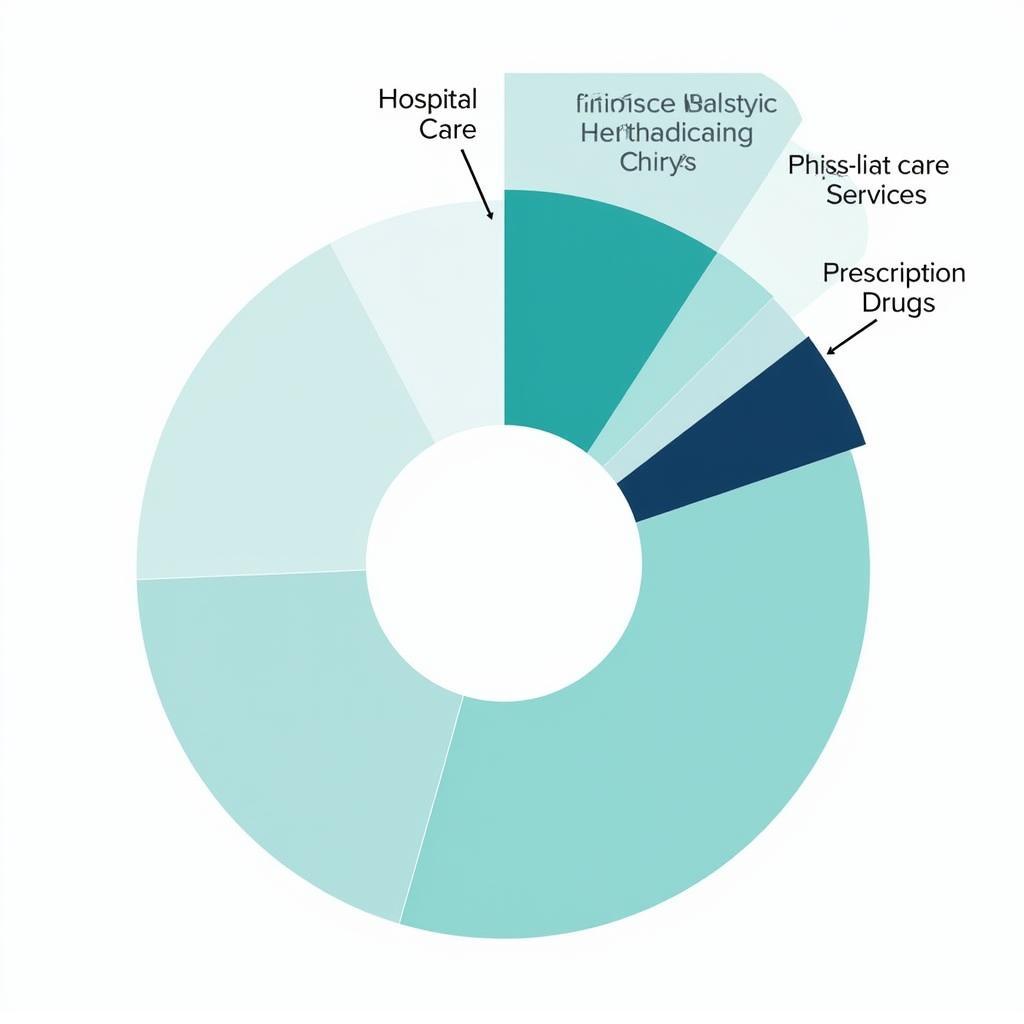Why Did Health Care Services Drop?
Navigating the complexities of the healthcare system can be a daunting task, especially when faced with a sudden drop in services. Whether it’s a decrease in available appointments, reduced coverage, or limited access to specialists, understanding the factors behind these changes is crucial. This article delves into the multifaceted reasons behind why health care services might decline, exploring both systemic issues and situational triggers.
The Intricate Web of Healthcare: Understanding the System
Before dissecting the causes of service reduction, it’s vital to recognize the interconnected nature of the healthcare ecosystem. Factors like government policies, insurance regulations, and even global events can ripple through the system, impacting the availability and quality of care.
Unveiling the Culprits: Why Health Care Services Decline
Several key factors can contribute to a decline in health care services. Recognizing these can empower individuals to navigate the system more effectively and advocate for improved access to care.
1. The Financial Strain: Budget Cuts and Funding Gaps
Often, the most direct cause lies in financial constraints. Government budget cuts, reduced funding for specific programs, or hospitals facing financial difficulties can lead to service reductions. These cuts may manifest as staff shortages, ward closures, or limitations on specialized treatments.
2. The Staffing Crisis: Shortage of Healthcare Professionals
A global shortage of healthcare professionals, including doctors, nurses, and technicians, places immense pressure on existing resources. This shortage can lead to longer wait times for appointments, rushed consultations, and potentially compromised care quality.
3. The Aging Population: Increased Demand, Strained Resources
As populations age, the demand for healthcare services naturally increases. Chronic illnesses, age-related conditions, and the need for long-term care put a strain on resources, potentially leading to service reductions or longer wait times for certain demographics.
4. The Insurance Maze: Coverage Limitations and Bureaucracy
The complexities of insurance plans and coverage limitations play a significant role. Changes in insurance policies, rising deductibles, and restrictive formularies can limit access to necessary treatments and medications, effectively reducing the perceived availability of services.
5. The Pandemic Effect: Disruptions and Backlogs
The COVID-19 pandemic exposed and exacerbated existing vulnerabilities in the healthcare system. Widespread disruptions, overwhelmed hospitals, and the prioritization of COVID-related cases created significant backlogs and delays in routine and elective procedures, leading to a perceived drop in service availability.
Navigating the Challenges: Seeking Solutions
While the decline in healthcare services presents a significant challenge, understanding the contributing factors is the first step towards seeking solutions. Advocating for increased healthcare funding, supporting initiatives to attract and retain healthcare professionals, and exploring innovative models of care delivery are crucial steps in addressing these complex issues.

